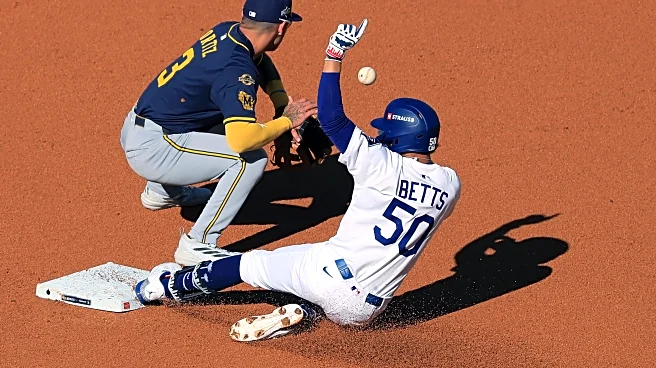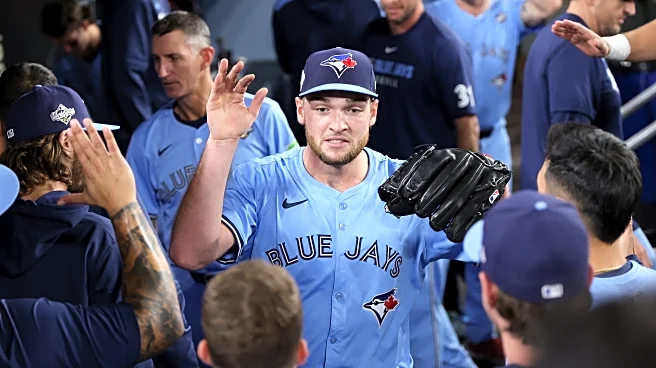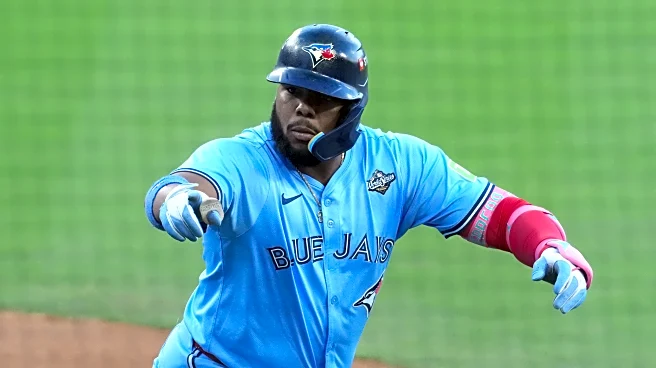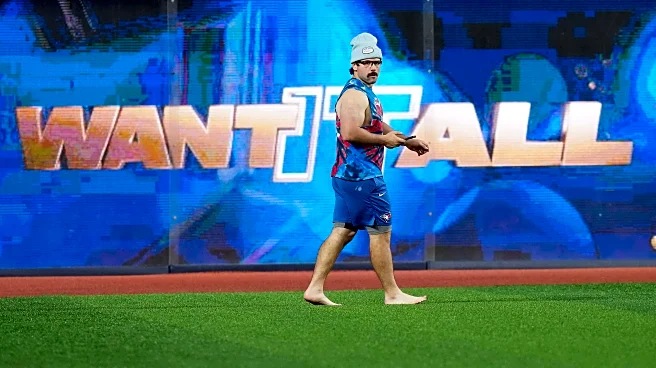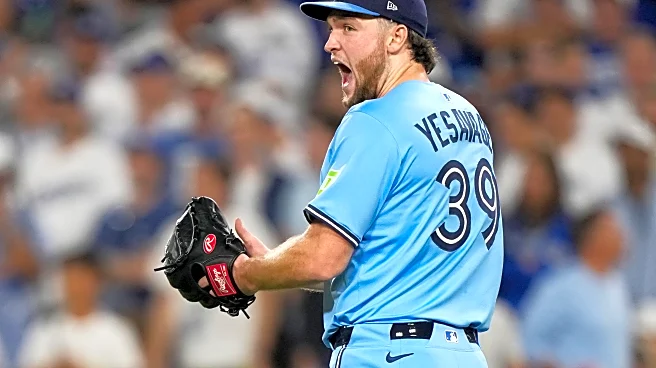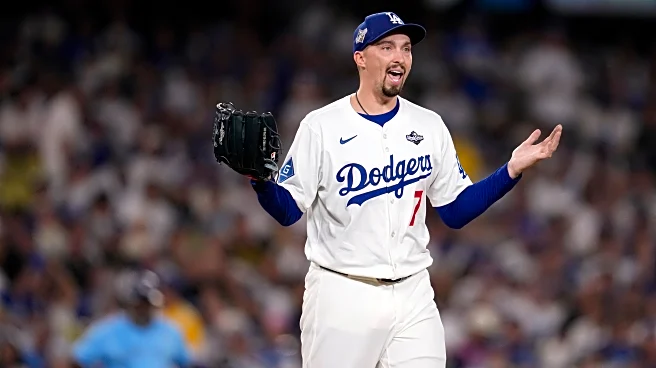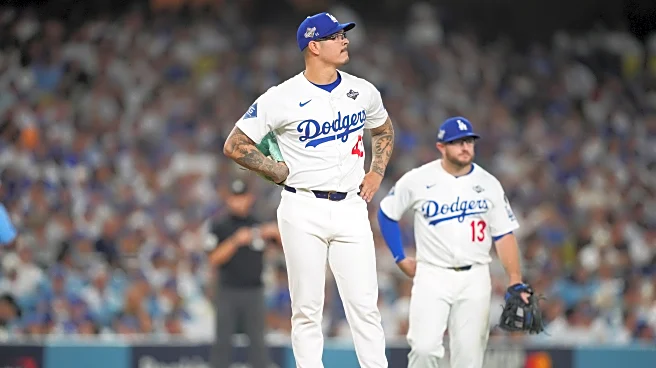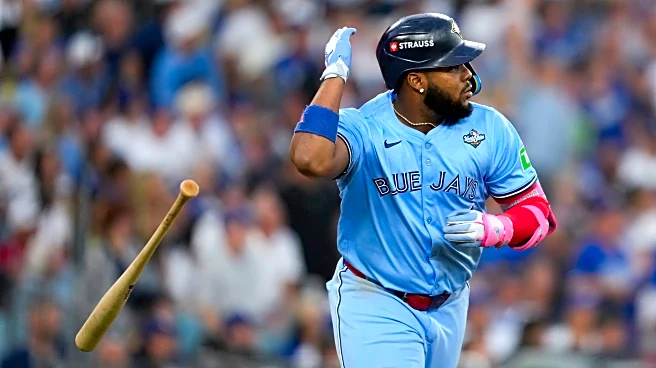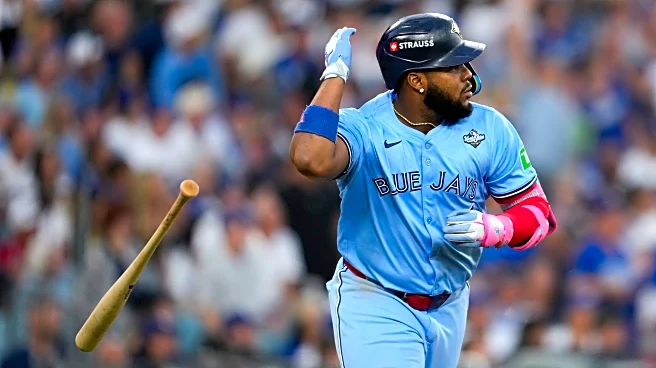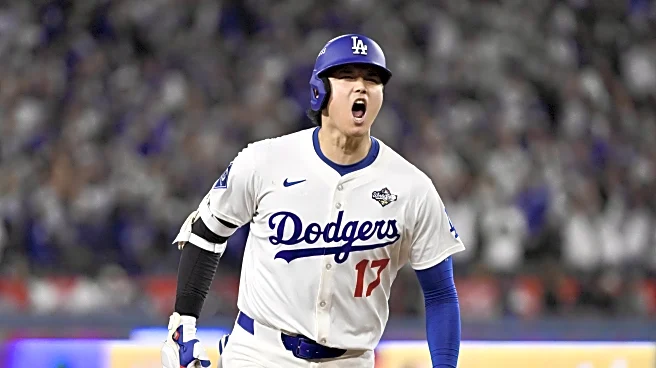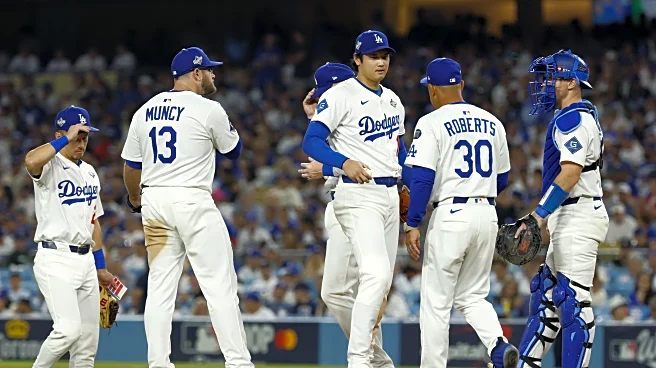As the World Series rolls on, the Toronto Blue Jays represent an interesting mirror-image of the Milwaukee Brewers.
While Milwaukee struggled in their 4-0 series loss in the NLCS, their roster bears similarities
to the Blue Jays, who have put up a much more convincing effort. Both teams, renowned for their defense and plate-approaches, are capable of winning with team-wide success rather than simply a star-driven roster.
Of course, with Toronto, players like Vladimir Guerrero Jr. and George Springer represent contracts that the Brewers simply don’t give out very often. But perhaps Christian Yelich, Jackson Chourio, and William Contreras offer enough star-level talent to fill in for that role.
The biggest difference, it seems, came from how the rest of the lineup performed. In the Blue Jays’ World Series run, it’s been the secondary players that have stepped up. The regular No. 4-7 hitters — Alejandro Kirk, Daulton Varsho, Ernie Clement, and Addison Barger — all have an OPS over .800.
Taking a closer look at Clement and Barger, they have batting averages of .391 and .346, respectively. That type of performance was noticeably absent from Milwaukee’s playoff run. One of the common topics on social media has been the drastic difference in salary between Toronto and the Dodgers. A team with successful development and good scouting can seize advantages that go beyond the luxury tax.
There’s always concern, of course, when the team’s stars don’t perform. Brice Turang, Christian Yelich, and Sal Frelick all had an OPS of .501 or lower. But the rest of the roster left a void, too. Players like Joey Ortiz (.105 postseason batting average) and Andrew Vaughn (.154) struggled to be an adhesive for a lineup that’s known for its ability to play small ball and turn over the batting order.
In fact, the only Brewers player with at least 30 at-bats this postseason to hit over .235 was Chourio. If that’s the type of performance any team puts up, it’s going to be difficult to win against a powerhouse team like the Dodgers.
But is Milwaukee really that far from winning a series like that one against Los Angeles in the Championship Series? Assuming the team’s top players would do better a second time around, how much should this really be a reckoning on the team’s roster construction? For a team that can’t invest hundreds of millions of dollars into depth pieces, the overall lineup is remarkably solid if a few bats show up more consistently.
It’s not impossible for a team to succeed with glove-first players. Look at Toronto, regularly fielding Andres Gimenez, Isiah Kiner-Falefa, and Myles Straw. None of them are known for their hitting ability, yet they all offer something to the team as a whole. There are parallels there in Milwaukee’s roster, with someone like Ortiz struggling at the plate but still one of the best defensive shortstops.
While the offense floundered against the Dodgers, the regular season was proof of concept. The team scored the third-most runs in all of baseball, with the caveat that some of those games came against weak teams, not only the reigning World Champions. But you don’t get to the NLCS without at least a decent foundation. Over the past several seasons, the Brewers have continued to integrate young players capable of reliably pushing for postseason opportunities.
Milwaukee’s base is built in a way that does seem capable of challenging the top teams. There are several promising prospects in the system that could inject a new energy into the lineup, adding in those missing bats that the Blue Jays have found in players like Clement and Barger. Not every player needs to be a star to form a contender, and the Brewers already have an intriguing foundation, shown by their consistent postseason qualification. While the Brewers missed an opportunity in these playoffs, the Blue Jays might offer a hopeful comparison that it’s possible to win with a deep roster, and not just star power.
